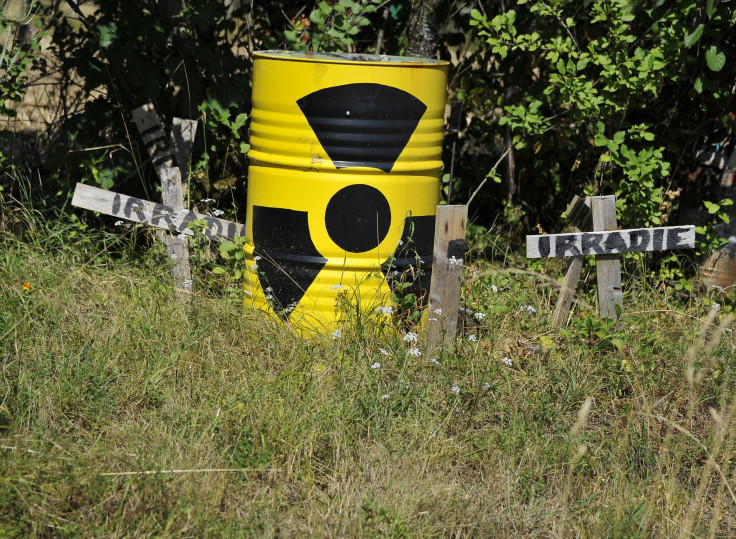Residents Frustrated With Planned Barrier Between Fire, Nuclear Waste Dump In St. Louis

While the U.S. Environmental Protection Agency plans to go ahead with the building of a firebreak between an underground fire and a nuclear-waste site in suburban St. Louis, area residents indicated they are frustrated by the situation, Al Jazeera reported Saturday. A number of them said the plan to construct the wall is not enough and that there should be a more-permanent solution to the problem.
“It’s looking more and more like removal is the only way to guarantee [a safe solution],” Dawn Chapman, who lives close to the waste site, told Al Jazeera. “Life’s over for [people] in this community. They can’t live where they are. They can’t enjoy it.’”
In 2010, an underground fire was detected in a landfill near St. Louis. It posed a pretty big problem in and of itself, but it was compounded by its proximity to another landfill containing Cold War-era nuclear material. The fire at the Bridgeton Landfill is smoldering only about 1,000 feet from tons of radioactive material in the West Lake Landfill, St. Louis Public Radio reported. A firebreak was proposed in 2013, but the EPA wanted then to conduct more tests to determine the amount of radioactive material at the site.
“The only way to guarantee the radioactive content will never come in contact with the subsurface fire in the future is to remove the radioactive material,” Ed Smith, a representative of the Missouri Coalition for the Environment, told Al Jazeera. “We’ve watched the EPA work on the barrier plan now for almost two years whereas they could have been planning for the removal of the radioactive waste.”
It’s unknown how much radioactive waste — dumped there in 1973 as residue of the Manhattan Project — is at the site. Some experts said the contamination could be unprecedented.
.@EPA ordered underground barrier to stop years-old fire reaching nuclear waste from #ManhattanProject. @AP @latimes https://t.co/Wr5hlq5ayH
— Inside (@inside) January 3, 2016“We are now working through the highly complex details of implementing our decision and the associated legal steps,” EPA Acting Regional Administrator Mark Hague said in a statement cited by St. Louis Public Radio. “Once the plan is finalized, we are committed to providing this information to the public. EPA will use all available enforcement authorities to ensure implementation of this work.”
© Copyright IBTimes 2024. All rights reserved.




















